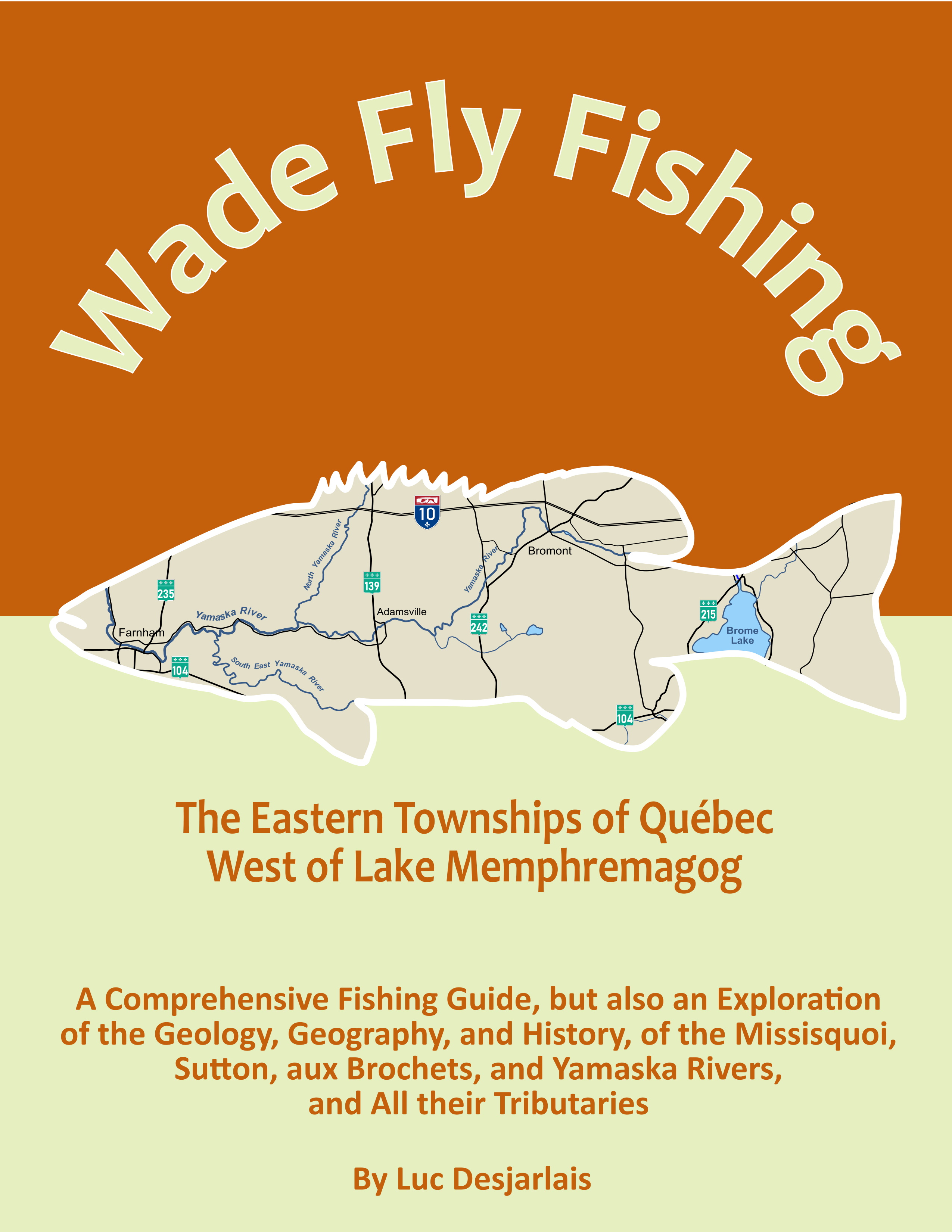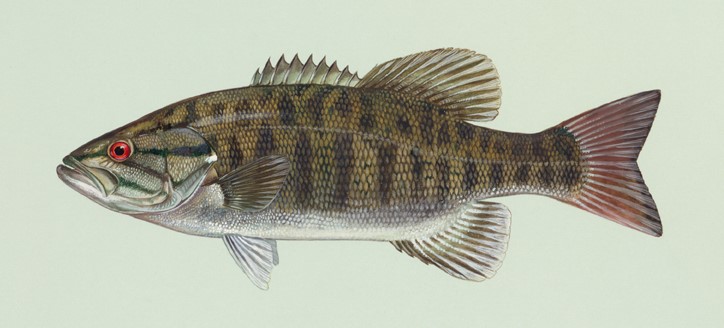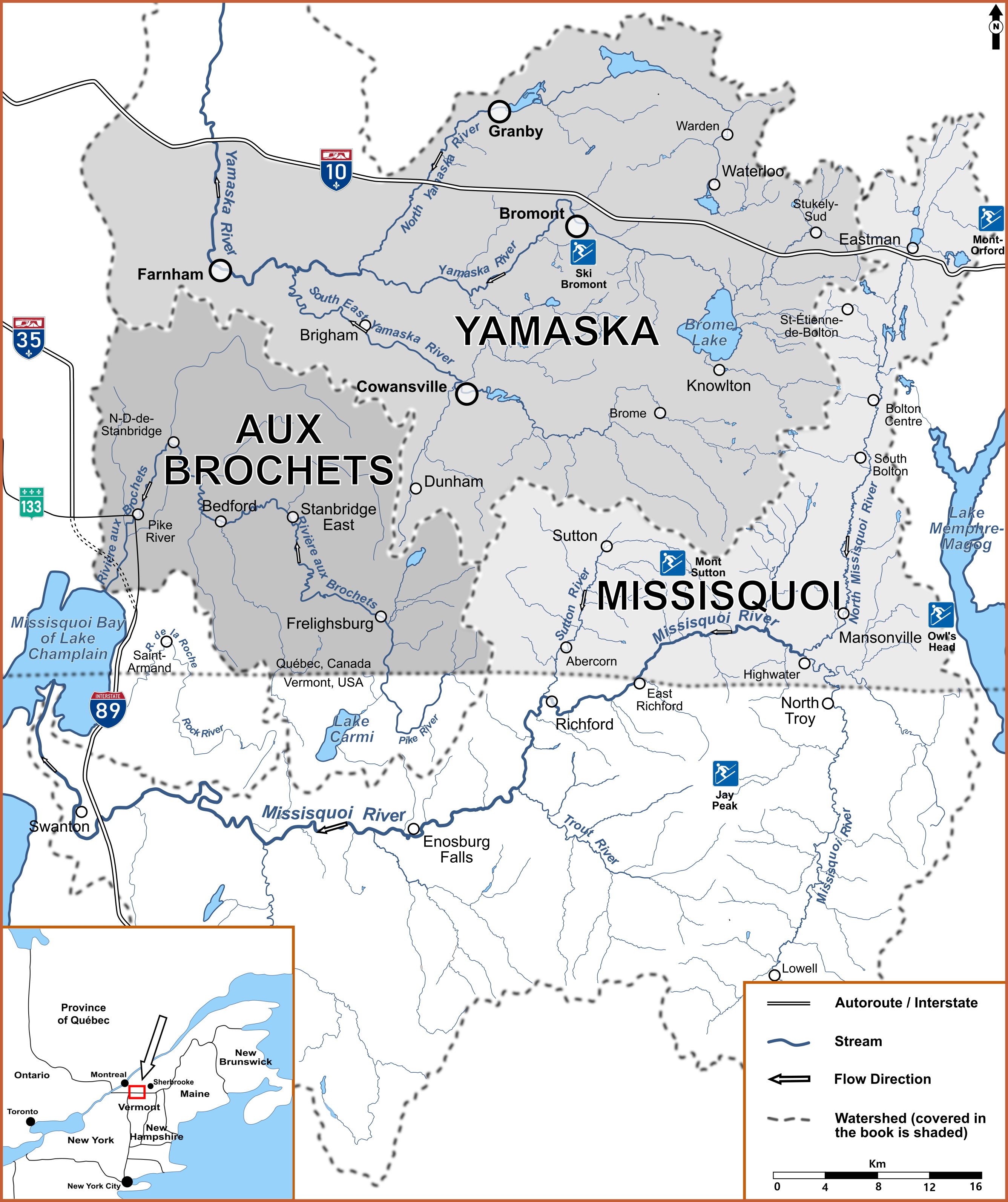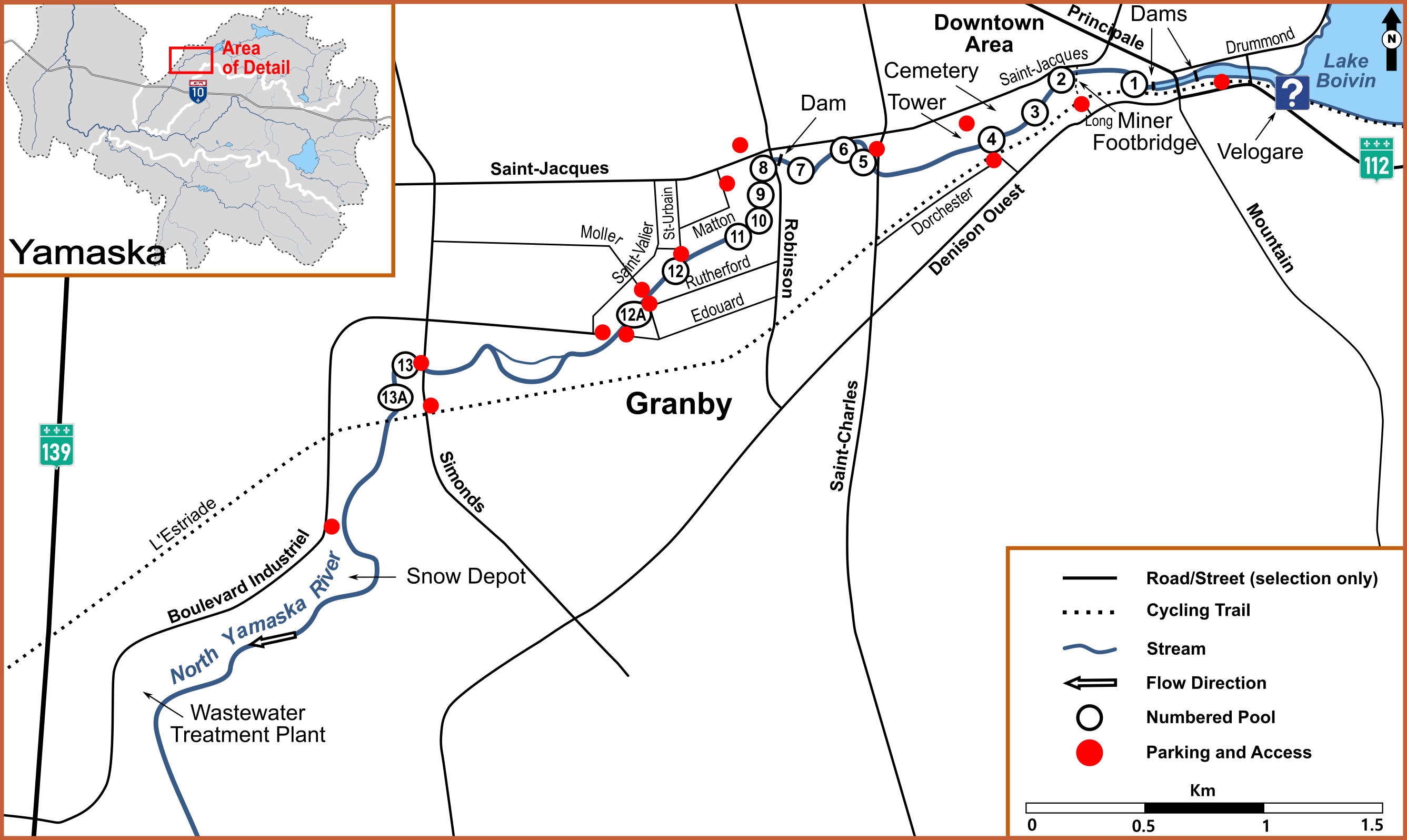-
342 pages, including index.
Published September 30, 2020.
Available on Amazon.com in full-size full-color paperback and “print replica” Kindle eBook.
Separate English and French editions. -
WADE FLY FISHING
THE EASTERN TOWNSHIPS OF QUÉBEC
WEST OF LAKE MEMPHREMAGOG
Often overlooked as a wade fly-fishing destination, the Eastern Townships have much to offer to those who take the time and have the patience. In this book, I will shorten your exploration time significantly. Where and when to go, where to park, what to expect, in a territory that could also be defined as the Appalachian Corridor and its western piedmont. Part of this is mountainous territory. The Green Mountains of Vermont extend north to Mount Orford in the Eastern Townships in what has recently been renamed the Appalachian Corridor. To the west of the Green Mountains lie the Appalachian Foothills, a transitional zone between the mountains and the plain where human activity in the form of agriculture and settlements has transformed the landscape. This book covers three watersheds:
-
The Canadian watershed of the Missisquoi River, which includes the North Missisquoi River, the Canadian section of the Missisquoi River proper, and its principal Canadian tributary, the Sutton River;
-
The watershed of Rivière aux Brochets, from the U.S. border at Frelighsburg to the Missisquoi Bay of Lake Champlain;
-
The Upper Yamaska Basin, which comprises the three mid-size rivers (the North Yamaska, the Yamaska proper and the South East Yamaska) that rise in the Green Mountains and in the Appalachians Foothills and combine to form the main stem of the Yamaska River at Farnham, covered in the book to the Eastern Townships Autoroute.
True to its title, the book focuses on fly-fishing. Nevertheless, the book will provide anglers of all stripes the information to practice their sport, fly-fishing or other, in pursuit of bass and trout, plus a few other surprising game fish. The book is geared to wading. This implies fast water and, indeed, all wadeable sections of the main rivers are covered, at a level of detail that is unique to the guide book series of the author. And all fly-fishing-size brooks harbouring brook trout are covered in detail. Finally, while lakes and ponds are generally boat affairs, their public accesses and wading potential are covered in the book as well. This is the standard content of a guide book. While the book’s title makes clear that its primary objective is to guide you to the streams, I have also included a brief history of the hamlets, villages and towns that you will visit along the way. The water that you will be wading has history, why not immerse yourself in it?
Historical Brome and Missisquoi Counties are quickly becoming Québec’s premier wine district. To your wine, food and art touring, why not tag on some wade fly-fishing and extend your stay by a day or two? You run the risk of being pleasantly surprised. You will not need a boat or a four-wheel-drive vehicle. And, if you live in Canada, you won’t need a passport.
-



